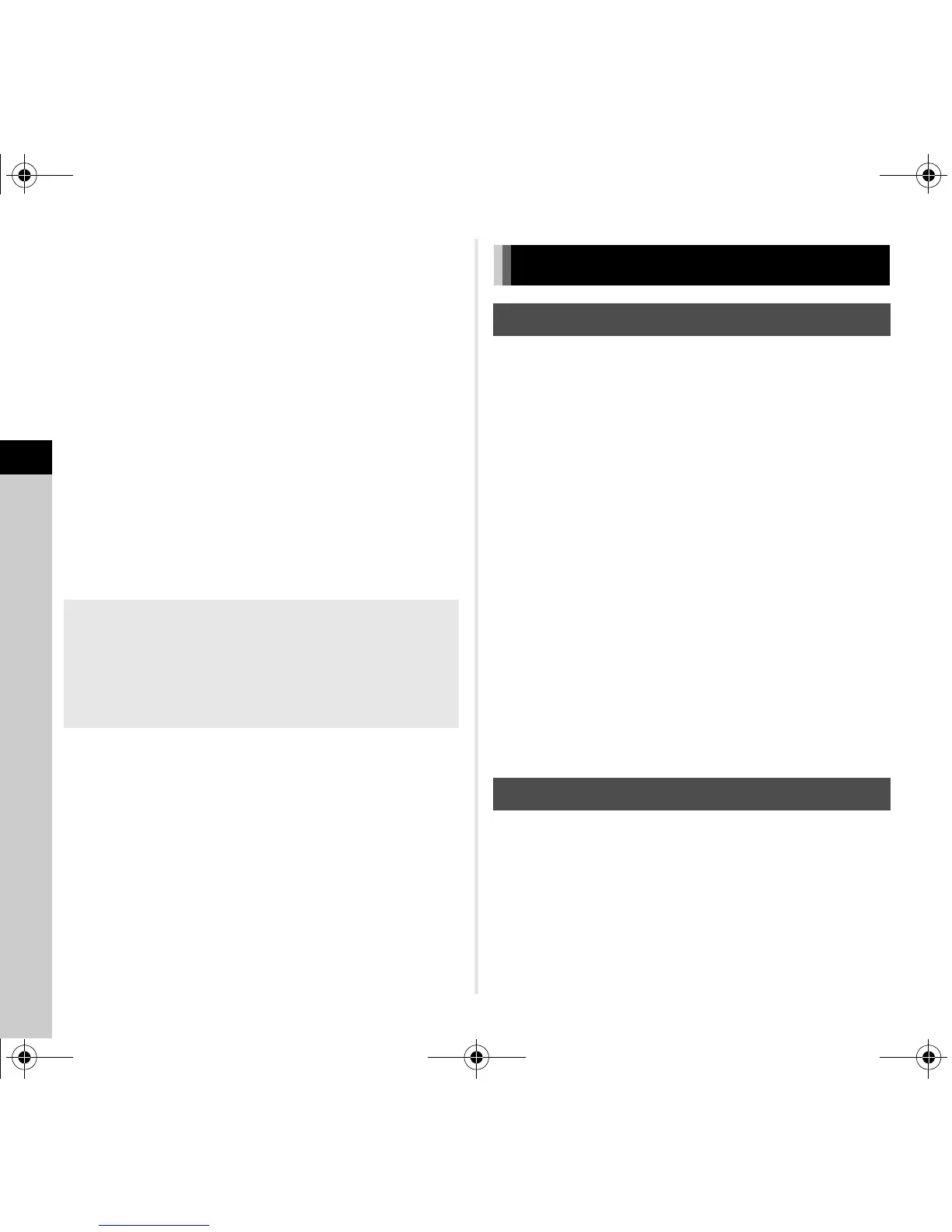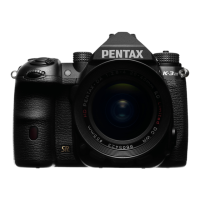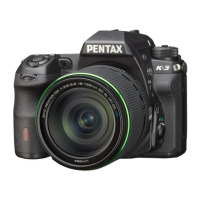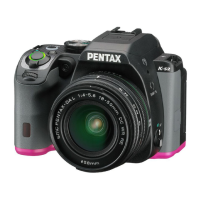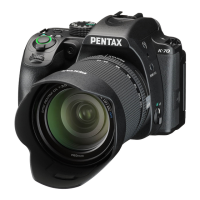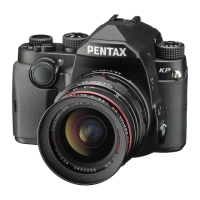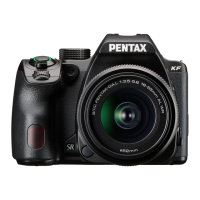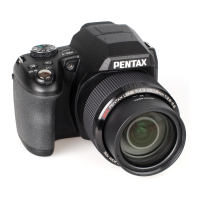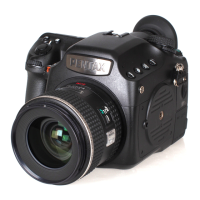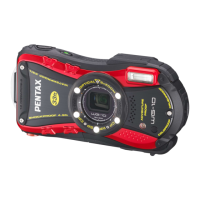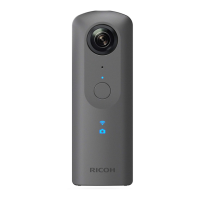4
Playback
72
u Caution
• The camera cannot be operated while it is connected
to a computer. To operate the camera, terminate the USB
connection on the computer, then turn off the camera and
remove the USB cable.
• If the “K-3 II” dialog appears on the computer screen
in Step 5, select [Open folder to view files] and click
the OK button.
t Memo
• Refer to “Operating Environment for USB Connection and
Provided Software” (p.101) for system requirements
to connect the camera to a computer and to use the software.
• The USB connection mode when connecting the camera
to a computer can be set in [USB Connection]
of the D2 menu. Normally, you do not need
to change the default setting ([MSC]).
• If you intend to use the camera continuously for a long period,
the use of the optional AC adapter kit is recommended.
Copies images between memory cards in the SD1 and
the SD2 slots.
1 Select an image saved on the memory card which
the images are to be copied from, and display
it in single image display.
2 Select i in the playback mode palette.
3 Select [Select image(s)] or [Select a folder] and
press E.
4 Select image(s) or a folder.
Refer to Step 2 of “Deleting Selected Images” (p.68) for how
to select image(s).
5 Press G.
The save confirmation screen appears.
6 Select the location to save the image(s) or folder
and press E.
u Caution
• Only JPEG images captured with this camera can be resized
or cropped.
• Images already resized or cropped to the minimum file size
cannot be processed.
USB Terminal
The micro B terminal supports both USB 3.0 cables and
USB 2.0 cables. Both types can be used with this camera.
If the host controller of the device to be connected to the
camera supports USB 3.0, the data transfer speed is faster
when a USB 3.0 cable is used.
Editing and Processing Images
Copying an Image
Changing the Image Size
e_kb570_om.book Page 72 Friday, May 8, 2015 4:55 PM

